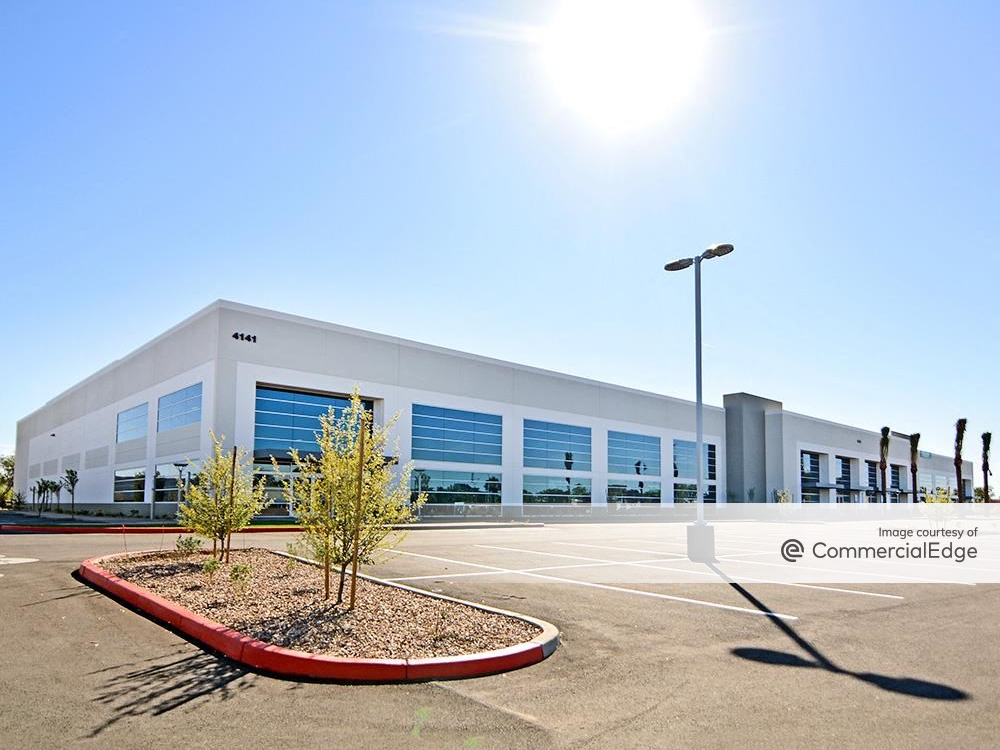Where Office Space Wins
This market is defying the national narrative, according to Newmark’s latest research.
New York City is at the forefront of the evolving office shift, according to Newmark’s new report, Winning Office: Where U.S. Office Space is Thriving and Why.

Manhattan availability fell to 17.8 percent in the fourth quarter of 2024, representing the first time it was below 18 percent since early 2023.
Sublease inventory is down more than 20 percent from peak levels, shrinking to 18 million square feet. Net absorption was positive for the second consecutive quarter, totaling 1.2 million square feet in the second half of last year.
In Midtown, 78.5 percent of large-block availabilities are concentrated on base or mid-rise floors, as premium space is being claimed quickly.
Newmark’s Executive Managing Director of National Research Jonathan Mazur told Commercial Property Executive that what stood out most to him was that New York City’s commercial real estate recovery is well ahead of all other major metropolitan cities.
“Manhattan has recorded positive absorption in six of the previous eight months, and March leasing had the highest monthly activity since November 2019,” he said.
Leasing activity at multi-year highs
Avison Young reported that first-quarter 2025 leasing activity reached 10.1 million square feet, the highest amount since 2018. The availability rate (17.3 percent) fell to its lowest value since 2020. Trophy properties reached a decades-long high, accounting for 61.6 percent.
Manhattan office busyness hit 71.2 percent in February, matching its 2019 (pre-pandemic) level, with the U.S. at 61.5 percent.
In its first-quarter 2025 NYC office report, JLL NY Research Director Andrew Lim reported that the leasing volume reached 8 million square feet, a 31 percent increase from the first quarter last year.
READ ALSO: These Markets Top the List for Office Fit-Out Costs
“Despite economic uncertainty ahead, market fundamentals in the city remain strong as tenant demand continues to exceed the amount of quality available spaces,” Lim told CPE.
“As the amount of space under development decreases and demand for new construction continues unabated, developers who can begin new office projects sooner are likely to gain from a significant early mover advantage.”
Hudson Yards solidifies its position
Manhattan’s drop in availability to 17.8 percent reflects steady leasing momentum, with trophy and well-located office spaces absorbing demand, according to Eric Grad, managing principal of the WCRE/CORFAC International New York office.
“Hudson Yards continues to solidify its position as a premier office hub, attracting top-tier tenants like Meta, KKR and BlackRock,” Grad said. “The 20 percent decline in sublease inventory suggests companies are reclaiming space, mirroring moves like HSBC’s relocation to The Spiral rather than downsizing.”
Two consecutive quarters of positive net absorption—1.2 million square feet—signal sustained leasing demand, seen in deals like Wells Fargo’s 400,000-SF lease at 20 Hudson Yards, he observed. Midtown’s flight-to-quality trend is evident as firms target premium space, pushing demand toward recently built assets such as One Vanderbilt.
“The Far West Side exemplifies this shift, with 85 percent of its office stock developed in the last decade, proving new, amenity-rich workplaces remain resilient despite broader market challenges.”
Action in less-than-A buildings
The flight to peak-quality offices has leveled out and spread to buildings rated slightly less than A in locations and build, according to Gordon Ogden, executive managing director in Bradford Allen’s New York office.
He told CPE that the Third Avenue corridor has tightened availability and increased rent.
“We finalized a transaction at 825 Third Ave. (in between 50th and 51st streets) with average rents at $95 per square foot, which represents a premium for Third Avenue, but still good value for the Plaza District, which has routinely achieved rents of more than $150 per foot with good light and views,” he said. “Lesser buildings have increased their rents by 10 percent.”
Meanwhile, he said residential conversion from office was previously just a good headline but not statistically significant.
“Substantial office space is now being taken off the market,” Ogden said. “At least seven Midtown buildings totaling more than 2 million square feet have been sold to developers negotiating with existing tenants to terminate their existing leases to create vacancies for residential use. Conversions in the financial district downtown are even more significant.”
VTS recently reported that in the fourth quarter of 2024, New York City experienced a 25.3 percent year-over-year increase in office demand, surpassing pre-pandemic levels, according to Marc DeLuca, CEO & Eastern regional president at KBS.
“While high vacancy rates and macroeconomic uncertainty still pose challenges, particularly in struggling Class B and C buildings, these indicators suggest NYC may be turning a corner,” he said. “The next few quarters will determine whether this momentum is sustainable.”
Robert Martinek, director at EisnerAmper, told CPE that many market participants believe the end of 2024 marked the peak of the office sector’s problems.
“New construction has been limited because the 10-year treasury has kept interest rates high,” Martinek said. “New office construction is virtually non-existent in New York, and the demand for affordable housing has led to conversions of low-occupied office buildings and obsolete properties.”







You must be logged in to post a comment.